Baron Suffield, of Suffield in the County of Norfolk, is a hereditary title in the Peerage of Great Britain.
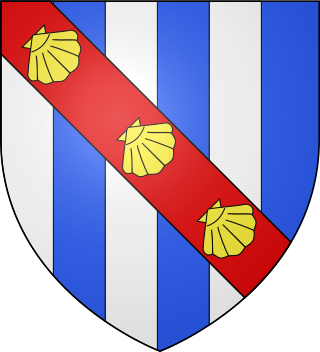
Baron Grandison was by modern doctrine a title in the Peerage of England created for two brothers, Sir Otho Grandison and Sir William Grandison, who were summoned to Parliament in 1299. Any hereditary barony for Sir Otho lapsed on his death in 1328, as did that for Sir William on the death of his grandson Thomas Grandison in 1375.
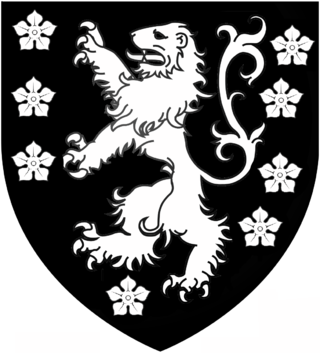
Baron Clifton, of Leighton Bromswold in the County of Huntingdon, is a title in the Peerage of England. It was created in 1608 for Sir Gervase Clifton, who commissioned Prebendal house which was built by John Thorpe and later owned by the Clifton baronets branch of the family. The peerage was created by writ, which means that it can descend through both male and female lines. Lord Clifton died without surviving male issue and was succeeded by his daughter Katherine, the second Baroness. She married Esmé Stewart, 3rd Duke of Lennox. They were both succeeded by their eldest son James, the fourth Duke and third Baron. When he died the titles passed to his son, the fifth Duke and fourth Baron. On his death in 1660 at the age of 11, the barony separated from the dukedom. The barony was inherited by the late Duke's sister Mary, the fifth Baroness. She married Richard Butler, 1st Earl of Arran, but died aged only 18. She was succeeded by her first cousin the sixth Duke of Lennox, who became the sixth Baron Clifton as well. He was the son of Lord George Stuart, the fourth son of the third Duke and the second Baroness Clifton. On his death, the barony and dukedom again separated.
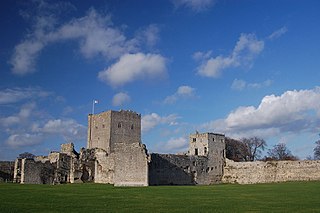
Sir Thomas Grey, of Heaton Castle in the parish of Norham, Northumberland, was one of the three conspirators in the failed Southampton Plot against King Henry V in 1415, for which he was executed.
Sir Henry Edgar Paston-Bedingfeld, 10th Baronet is a British baronet and retired officer of arms.
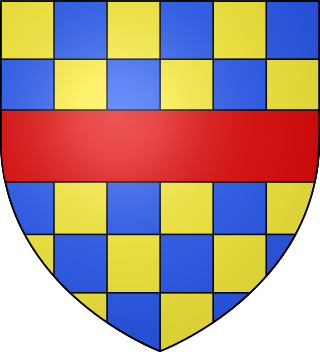
Thomas Clifford, 8th Baron de Clifford, also 8th Lord of Skipton, was the elder son of John, 7th Baron de Clifford, and Elizabeth Percy, daughter of Henry "Hotspur" Percy and Elizabeth Mortimer.
John de Vere, 12th Earl of Oxford, was the son of Richard de Vere, 11th Earl of Oxford, and his second wife, Alice Sergeaux (1386–1452). A Lancastrian loyalist during the latter part of his life, he was convicted of high treason and executed on Tower Hill on 26 February 1462.
This is a list of Sheriffs of Norfolk and Suffolk. The Sheriff is the oldest secular office under the Crown and is appointed annually by the Crown. He was originally the principal law enforcement officer in the county and presided at the Assizes and other important county meetings. After 1576 there was a separate Sheriff of Norfolk and Sheriff of Suffolk.
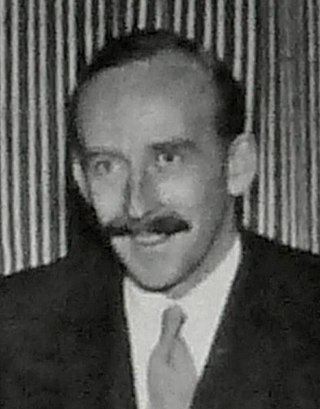
Sir Edmund George Felix Paston-Bedingfeld, 9th Baronet was a landowner and British Army officer.

The Buckworth, later Buckworth-Herne, later Buckworth-Herne-Soame Baronetcy, of Sheen in the County of Surrey, is a title in the Baronetage of England. It was created on 1 April 1697 for John Buckworth, High Sheriff of London in 1704. The second Baronet sat as Member of Parliament for Weobley. The third Baronet was Assistant Gentleman Usher to George II. The fifth Baronet was Gentleman-Pensioner and Exon of the Guard during the reign of George III. He married Anne, daughter of Paston Herne, of Haveringland Hall, Norfolk, and assumed by Royal licence the additional surname of Herne. The sixth Baronet assumed in 1806 by Royal licence the additional surname of Soame in compliance with the will of Sir Peter Soame, 4th Baronet, of Thurlow. The ninth Baronet was a member of the Shropshire County Council.
Bedingfeld, a variant of Bedingfield, is an English surname. Notable people with this surname include the following:
Henry Paston-Bedingfeld, 10th baronet,, retired King-at-Arms of the College of Arms in London and former member of the Royal Household.

Sir Thomas Tuddenham was an influential Norfolk landowner, official and courtier. He served as Steward of the Duchy of Lancaster, and Keeper of the Great Wardrobe. During the Wars of the Roses he allied himself with the Lancastrian side, and after the Yorkist victory in 1461 was charged with treason and beheaded on Tower Hill on 23 February 1462.
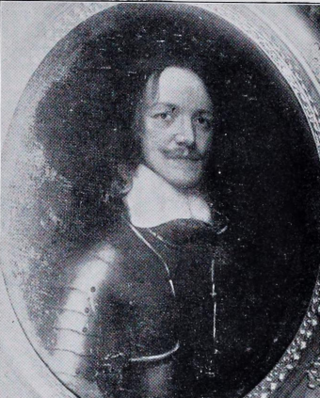
Sir Henry Bedingfield, of Oxburgh Hall, Norfolk, was an English Member of Parliament.
Francis Mountford, (1474/76–1536), of the Inner Temple, London and Feltwell, Norfolk, was an English Member of Parliament.
Sir Henry Bedingfeld, 1st Baronet was a landowner and baronet.

Sir Henry Arundell Bedingfeld, 3rd Baronet, was an English landowner and baronet.
Sir Richard Bedingfeld, 5th Baronet, was an English landowner and baronet.
Sir Henry Richard Paston-Bedingfeld, 6th Baronet JP DL, was an English landowner and baronet.

Sir Henry George Paston-Bedingfeld, 7th Baronet DL was an English landowner.












